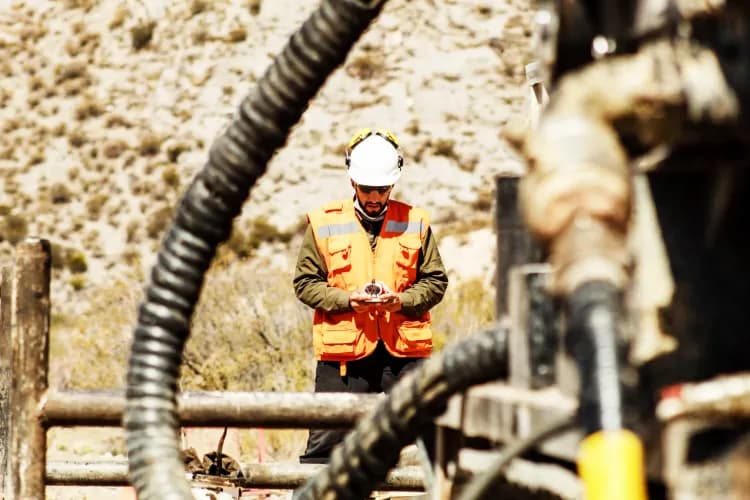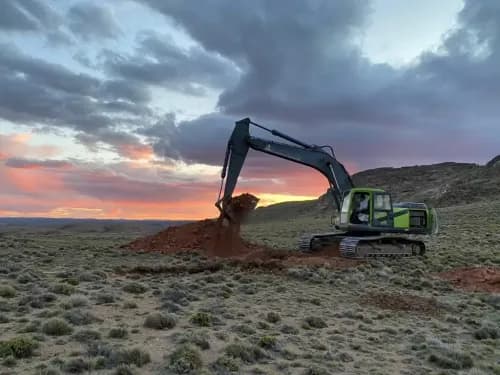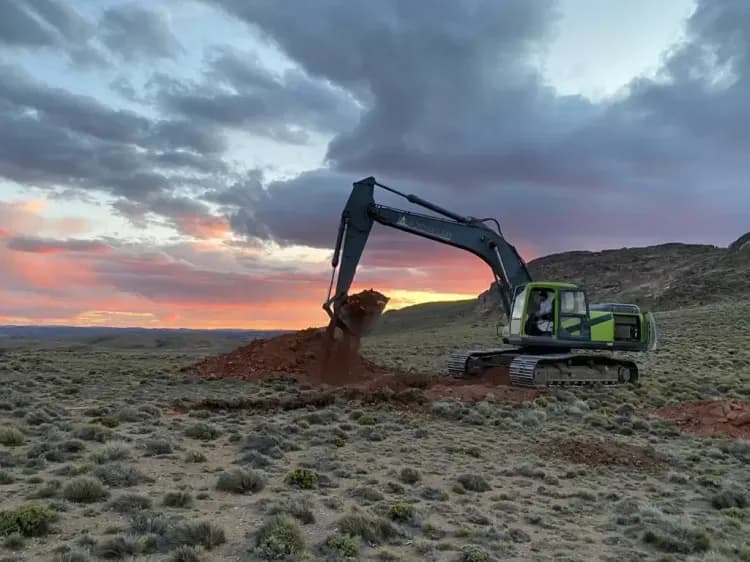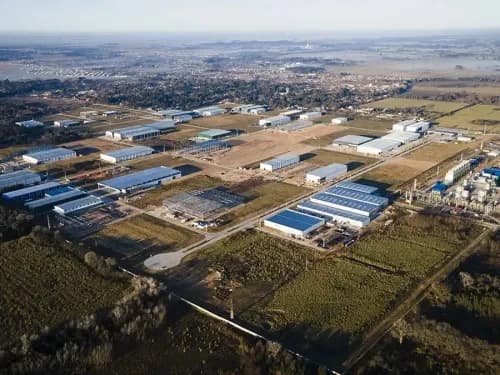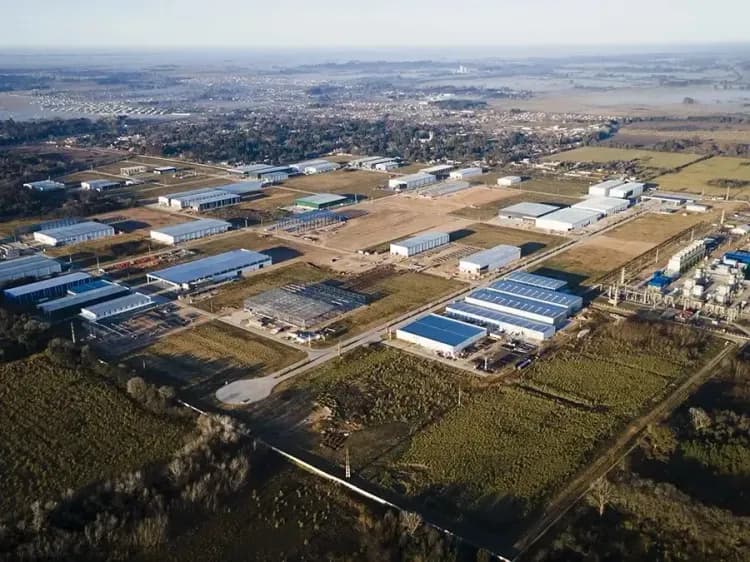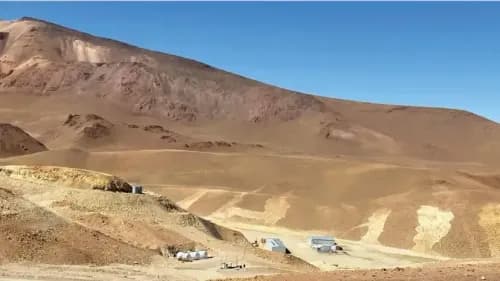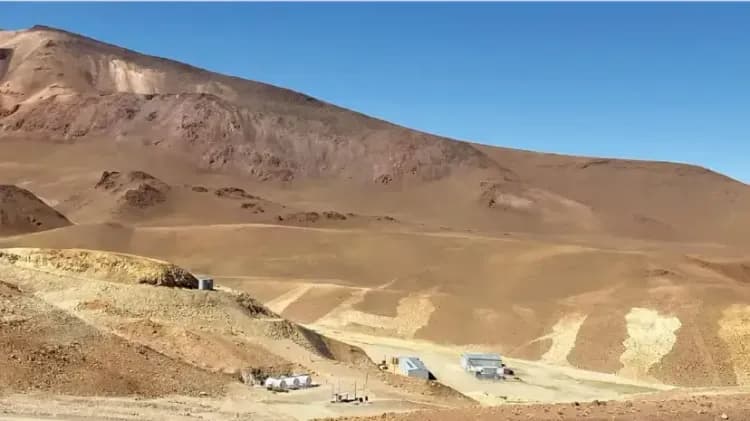Techint Engineering and Construction participated for the first time in Arminera together with TAKRAF Group, a company that provides innovative solutions for the mining industry and is also part of the Techint Group. The presence was not symbolic: it marks a strategic decision of Techint E&C to approach the Argentinean mining ecosystem with a concrete proposal.
By Panorama Minero
In an interview with Panorama Minero, Patricio Prandi—Business Development Manager of Techint E&C—outlined Techint’s capabilities in complex projects, its regional experience, and the potential to replicate that know-how in Argentina. “We are ready to bring all the experience we've gained in Chile and Peru to Argentina,” said Prandi. He also explained how the company is incorporating new technologies into its engineering and construction processes, and the emerging role of artificial intelligence.
What is Techint’s E&C strategy to integrate into the local mining value chain?
Our main asset is the experience we’ve accumulated. We’re a company with nearly 80 years of operations, not just in Argentina and the region, but also with projects in Africa, Europe, and the Middle East. Being present at Arminera with our own stand was a way of showing our intention to engage more directly with the sector and its challenges.
What differentiates Techint E&C in the Argentine mining sector?
Our value lies in the integration of disciplines. In mining, engineering and construction are often treated as separate fields. We combine both, allowing us to offer clients a more complete, efficient, and robust solution. In Argentina, we’ve been involved since the early stages of modern mining, starting with Bajo la Alumbrera in the 1990s, then in gold and silver projects like Mina Pirquitas, and more recently in lithium. In Chile and Peru, our operations are more focused on mining.
Chile is a benchmark in water infrastructure for mining. What projects have you developed there?
We have a long track record in that area, particularly in water supply systems. Chile is moving decisively toward replacing freshwater use with seawater. We are now market leaders in that segment: we are executing a turnkey project—from seawater intake and desalination to the entire aqueduct and pumping stations—supplying three of the largest copper mines in northern Chile. This is the first time in Chilean mining history that a global-scale mining company has entrusted a third party with the full development of such a system.

Could a similar model be applied on the Argentine side of the Andes?
In the long term, I wouldn’t rule it out. According to current technical studies, projects in provinces like San Juan, Catamarca, and Salta could initially proceed using available water sources. But at a later stage, integrated or shared solutions may need to be considered. That will depend on how projects evolve and the plans mining companies put in place.
What lessons learned in Chile and Peru can be applied in Argentina?
Many. We have the ability to transfer knowledge from complex projects—not only in mining but also in gas and power generation—to meet local challenges. Our clients value that we can carry lessons across sectors, continuously improving and applying best practices. That ability to transfer know-how is a key differentiator.
What conditions are essential for mining development in Argentina to become a reality?
Mining is a long-term endeavor. Bringing a project into production can take 20 years or more from inception. That requires stability and planning capacity at the national level. Equally important is a strong local value chain that can provide technical, operational, and logistical support throughout the project lifecycle.
How is a value chain built to support that growth?
First, through large companies like ours that can bring experience in high-complexity projects. Second, by strengthening the SME ecosystem. At Techint E&C, we’ve been running the ProPymes program for over 20 years, aimed at developing our supplier base, helping them grow, and boosting their technological, financial, and production capacities. That ecosystem is critical for adding value and efficiently replacing imports.
How do you think the availability of resources and qualified staff could influence the development of these projects?
The overlap of major projects can strain the availability of skilled personnel. We’ve already experienced this. In partnership with Sacde, we built 440 km of the Néstor Kirchner gas pipeline (now called Perito Moreno). To meet deadlines, we had to deliver 30,000 hours of training because there weren’t enough people with the required expertise. That kind of preparation is essential for large-scale projects.

What other challenges do you see for mining projects in Argentina?
Logistics is one of the biggest. Most projects are located in the Andes, over 4,000 meters above sea level, in remote areas with harsh climate conditions. The construction phase alone can involve 5,000 to 10,000 workers. Housing, food, transportation, services—everything becomes a challenge. That’s where prior experience really matters.
What role do new technologies play in that context?
Digitalization and technology are fundamental. Years ago, we incorporated drones for surveying pipeline routes. We run pilot programs for different technologies and, once mature enough, integrate them into our projects. We also use digital traceability for real-time tracking of critical materials, which helps ensure better planning and timely execution.
How are you applying artificial intelligence?
For more than a decade, we’ve worked with knowledge management and lessons learned databases. Today, artificial intelligence allows us to make even more efficient use of that information: we analyse data in a more agile and intelligent way, helping us to improve project safety and efficiency, and freeing our teams to focus on strategic decisions.


